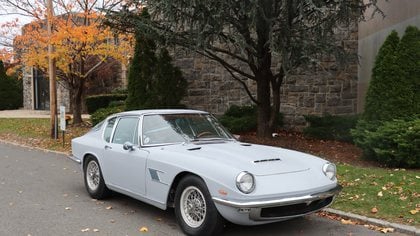1965 Maserati Mistral For Sale

1965 Maserati Mistral For Sale
- 87,240 Kilometres
- 1965
- Dealer
- Australia

This advert has now been removed through sale or otherwise. Please see the list below for similar live adverts.
Similar Maserati Mistrals
Check out our new listings and upcoming auctions by subscribing to our newsletter
By signing up you accept our privacy policy and conditions of purchase











